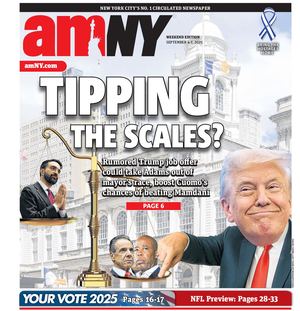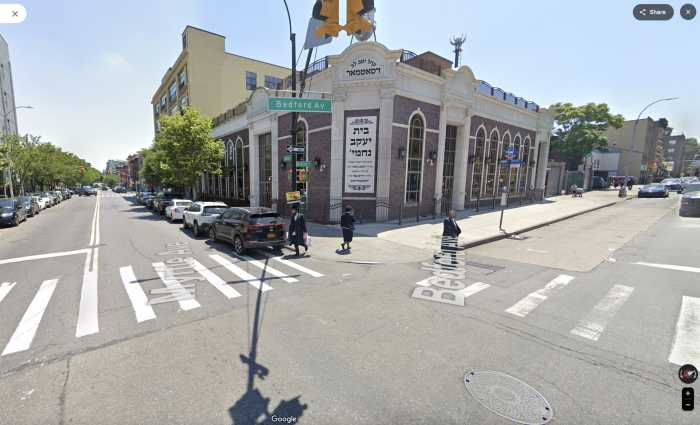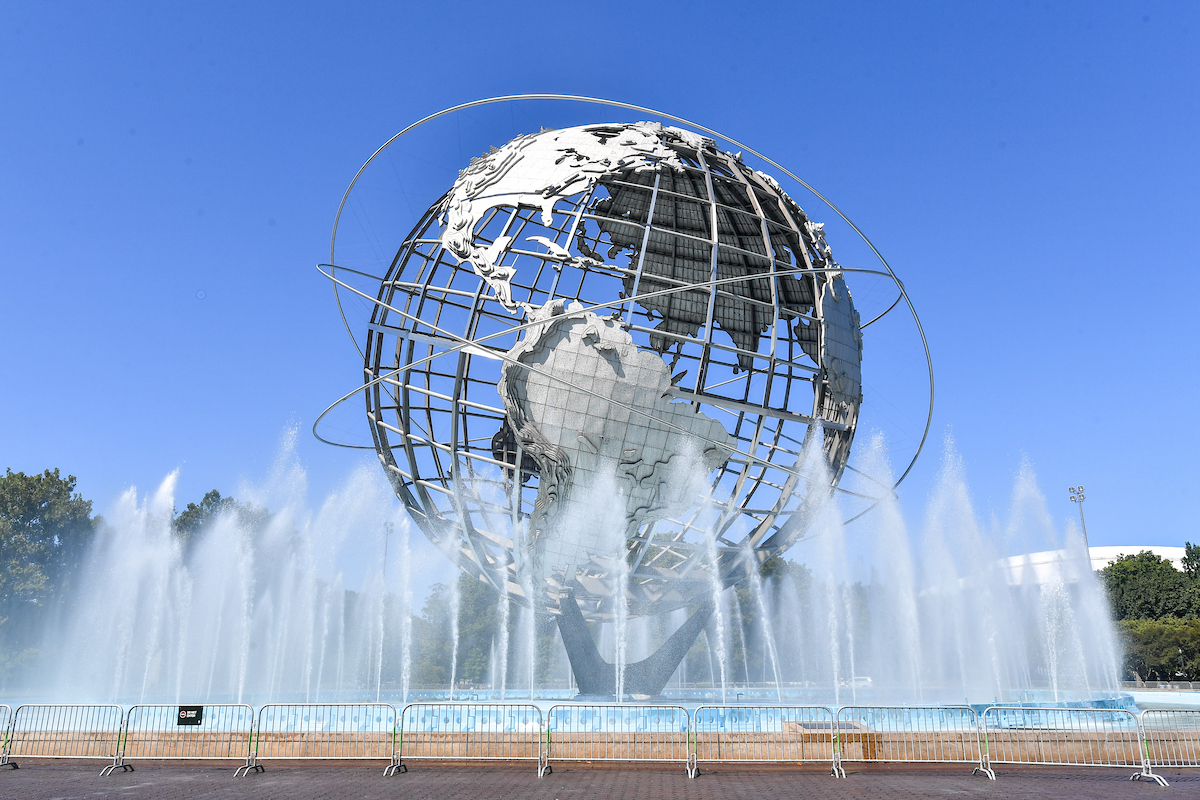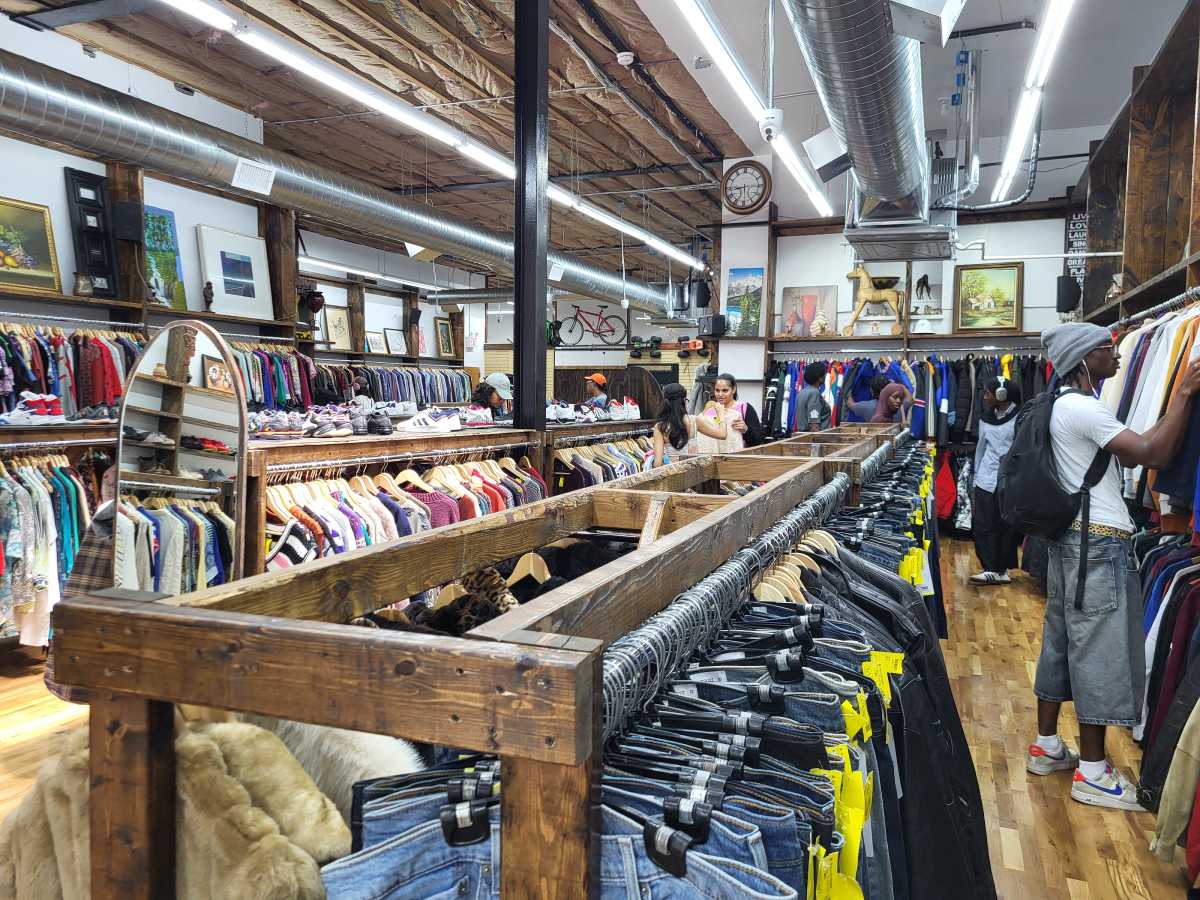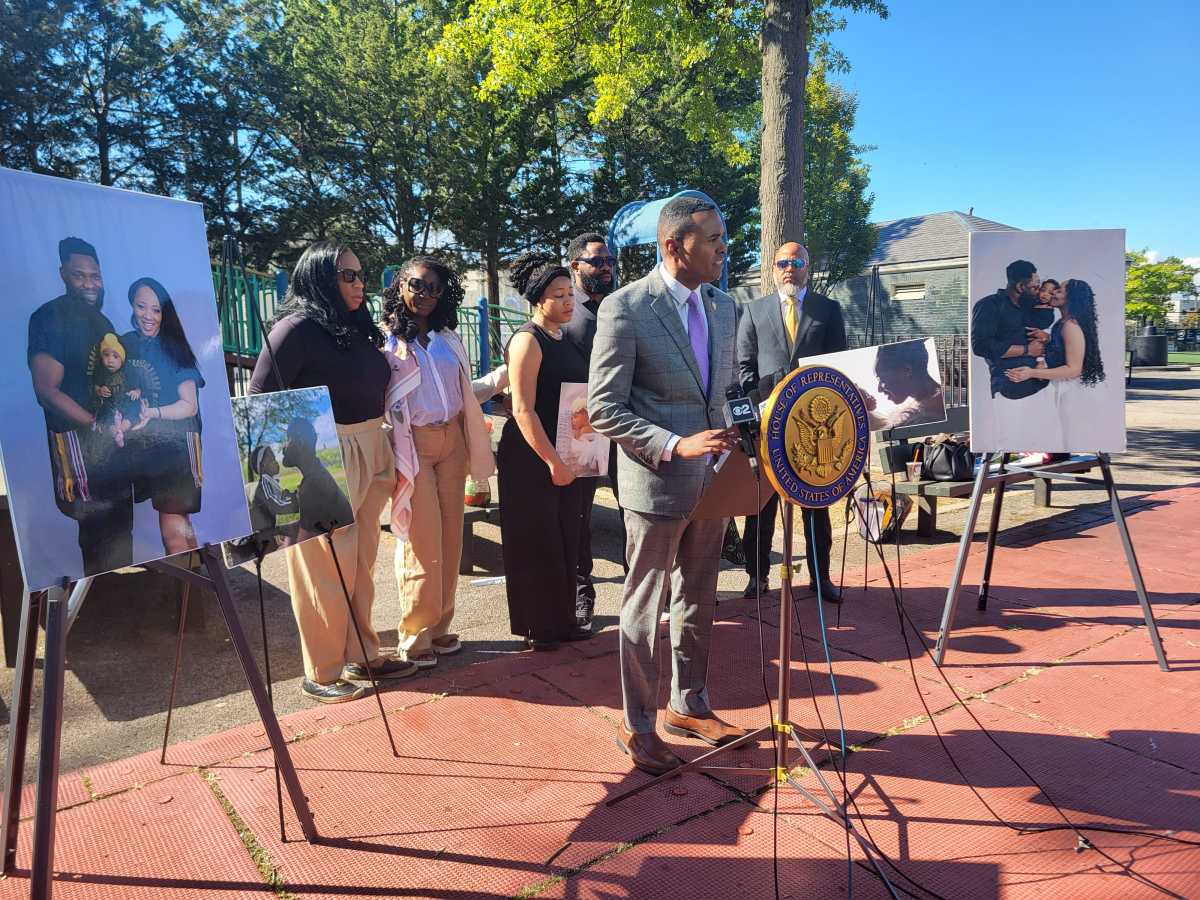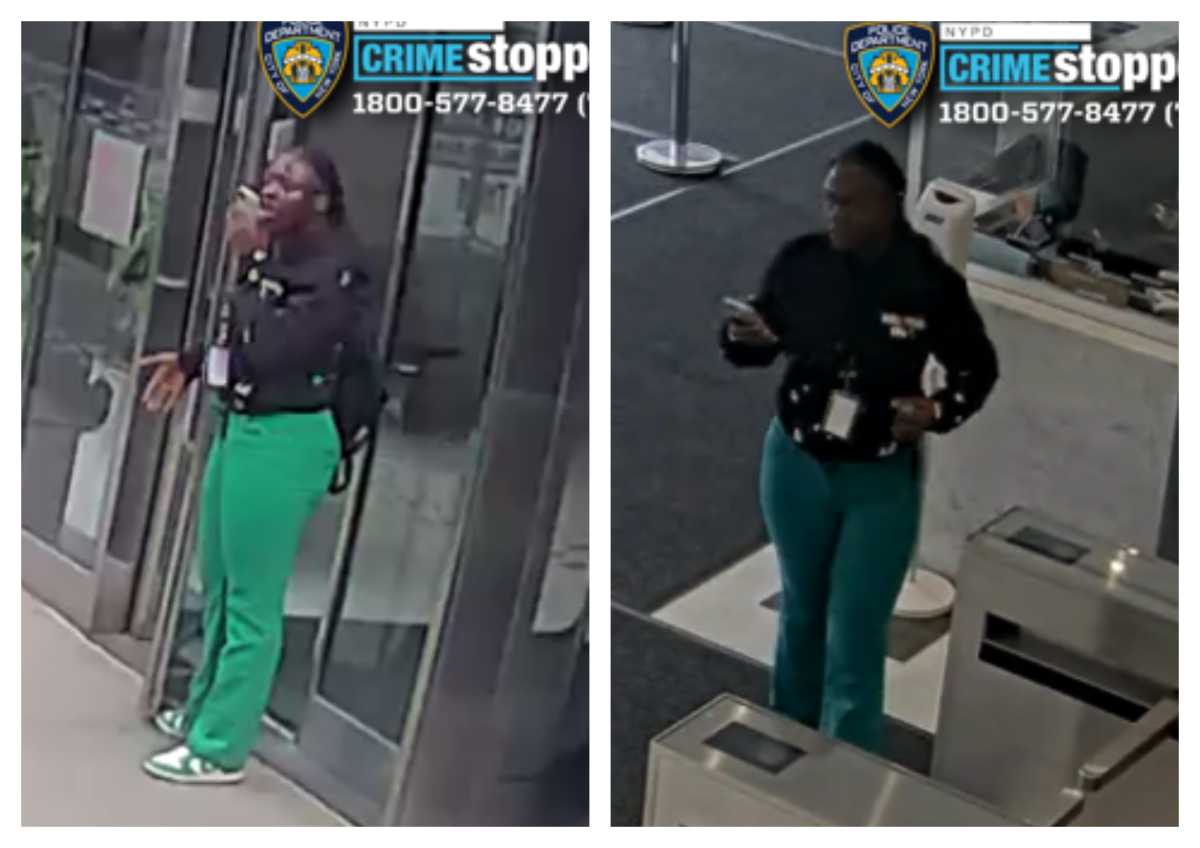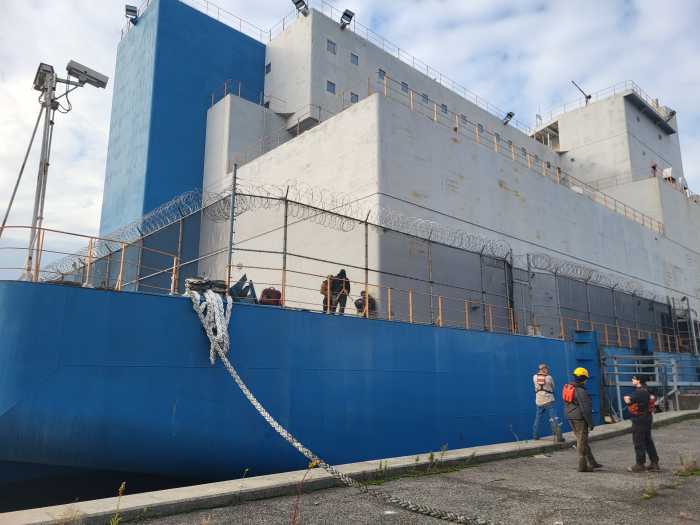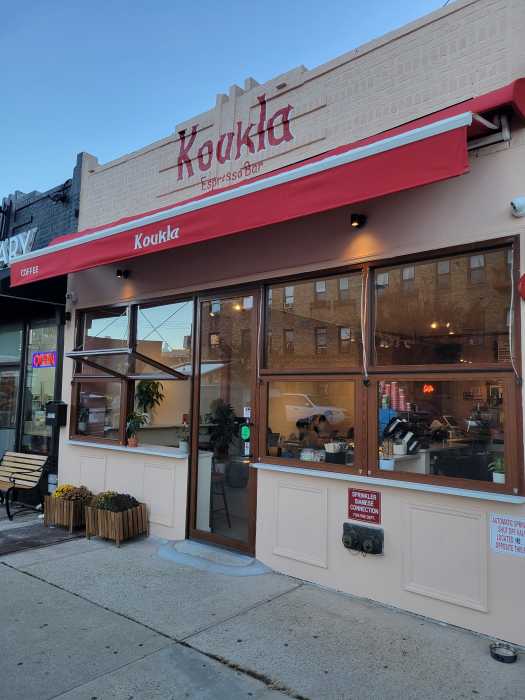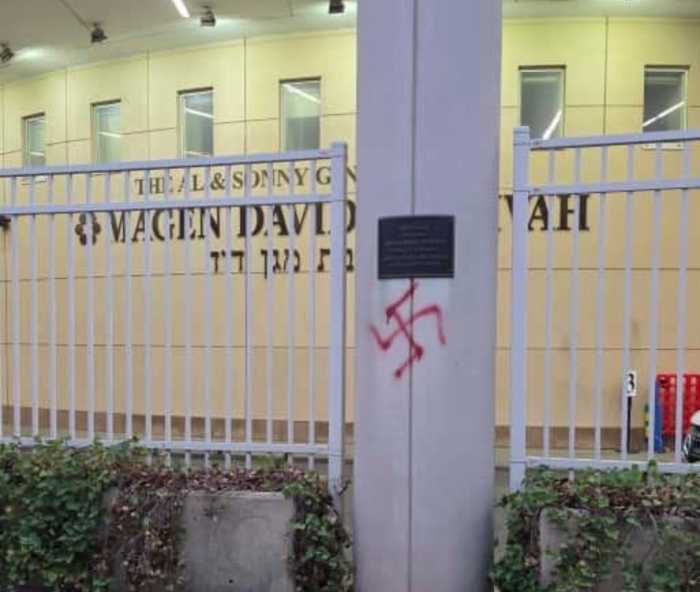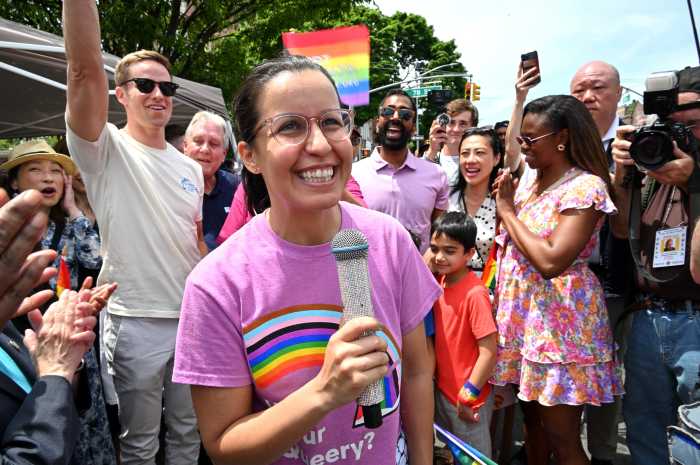Gov. Kathy Hochul’s indefinite pause on congestion pricing raises a $500 million question: What happens now to all those tolling cameras?
Anticipating it could begin its first-in-the-nation central business district tolling program on June 30, the MTA installed dozens of cameras and overhead gantries at ports of entry to Manhattan south of 60th Street, which are capable of reading license plates or E-ZPass transponders.
The agency had already inked a contract worth $507 million with the Tennessee-based firm TransCore to design, construct, and operate the cameras. The contract was ultimately extended through 2030, bumping its value up to an eye-popping $555 million.
But after Hochul’s unforeseen reversal on the policy last week, the camera apparatus — expected to stay up for the time being — could just end up being very expensive, unused street decor.
Asked Monday what the status of the cameras could be without congestion pricing, MTA Chair and CEO Janno Lieber answered with just three letters: “TBD.”

But some advocates say that even without congestion pricing, the cameras could be put to good use.
The cameras were already set to be used to measure traffic volumes in Manhattan’s core and compare the difference pre- and post-congestion pricing; the MTA did not immediately say whether that study has started or its future status. TransCore deferred comment back to the MTA.
“If the whole point is to mitigate congestion, you have the infrastructure in place, you don’t necessarily have to toll people,” said Noel Hidalgo, executive director of BetaNYC, a public-interest technology nonprofit. “But you will immediately be able to get a snapshot picture of the congestion and types of transportation throughput that’s happening right now.”
Hidalgo says that the congestion pricing cameras could provide New York City with the most accurate snapshot of traffic volume in its history, supplanting a “hodgepodge” of partial pictures of Big Apple gridlock.
“We have all of these different proxies of data coming in and out of transportation flow,” said Hidalgo. “If we’re really trying to manage something that is seemingly unmeasurable, the cameras should be turned on immediately. The cameras should be used to start aggregating what is the throughput of vehicles coming into the city.”

Others, though, see a more nefarious potential utilization for the cameras: spying.
“We’ve been warning for years that they are going to be a privacy nightmare, if the state doesn’t implement a firewall against using them for policing,” said Albert Fox Cahn, executive director of the Surveillance Technology Oversight Project (STOP). “And I worry that we’re gonna end up with the worst of both worlds: constant surveillance, but without any congestion benefits.”
Cahn spoke favorably of the system in place in Stockholm, Sweden, where the cameras only take cropped pictures of license plates; the data cannot be accessed by police or other third parties, and is ultimately deleted. Stockholm’s transport engineers can still, however, analyze aggregate, non-individualized data on traffic patterns.
“We can have better tech and our civil rights,” he noted.
Read more: MTA plans to add elevators to 15 subway stations.
